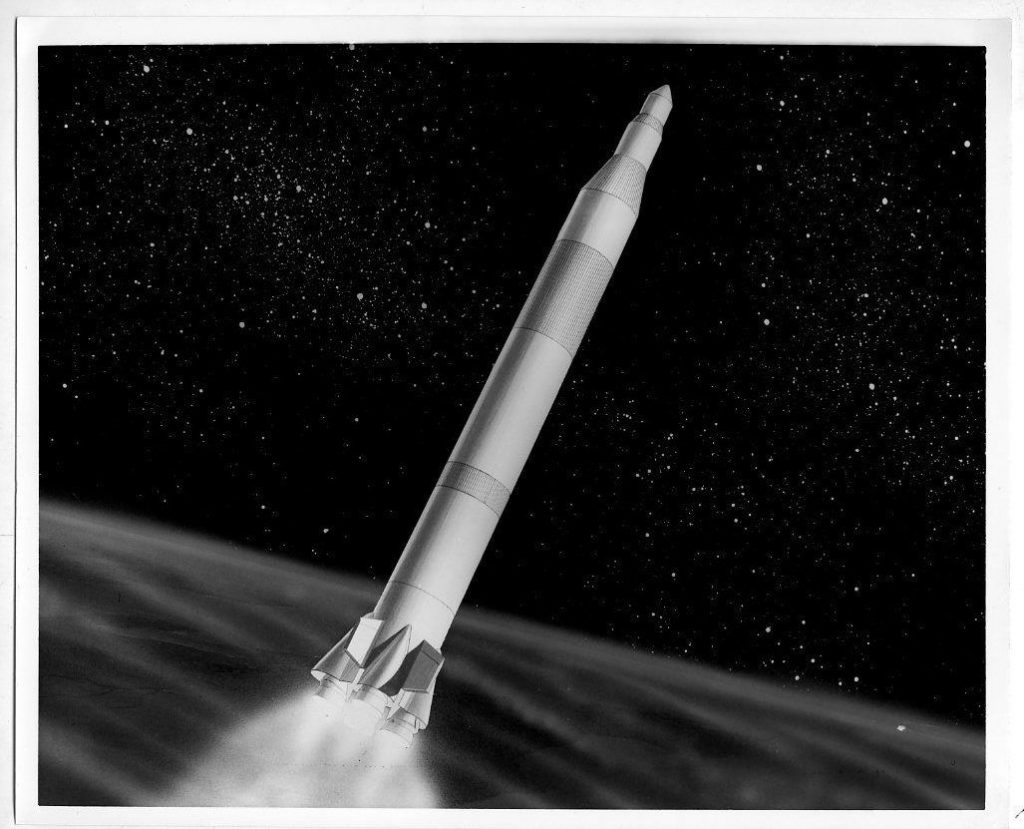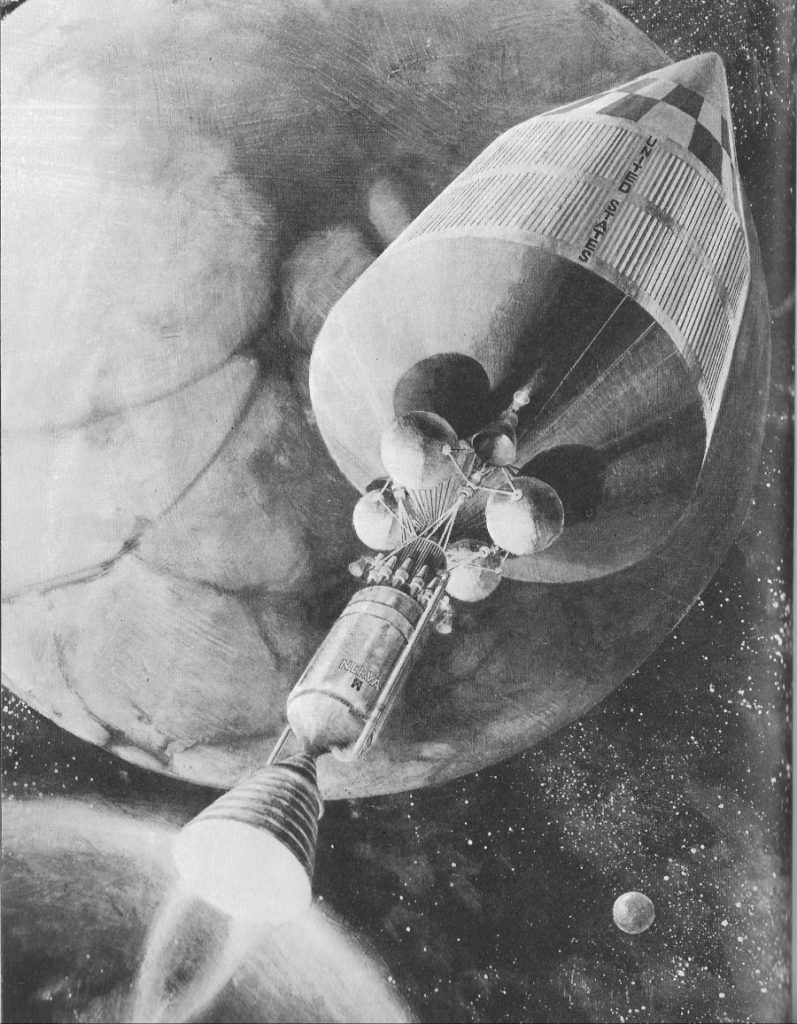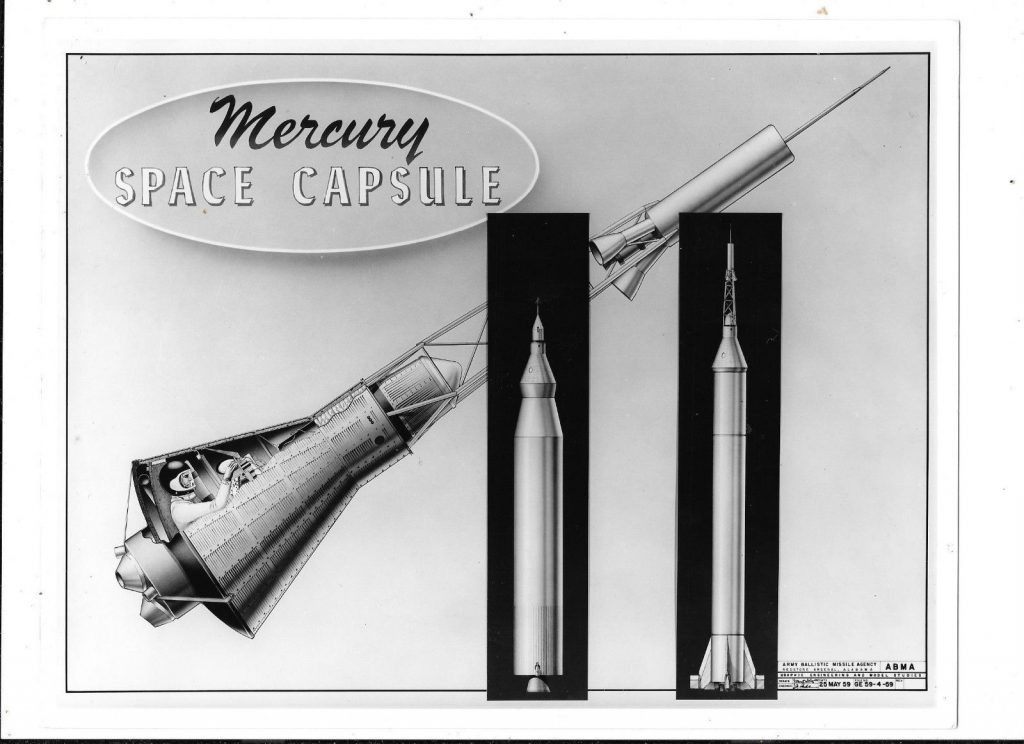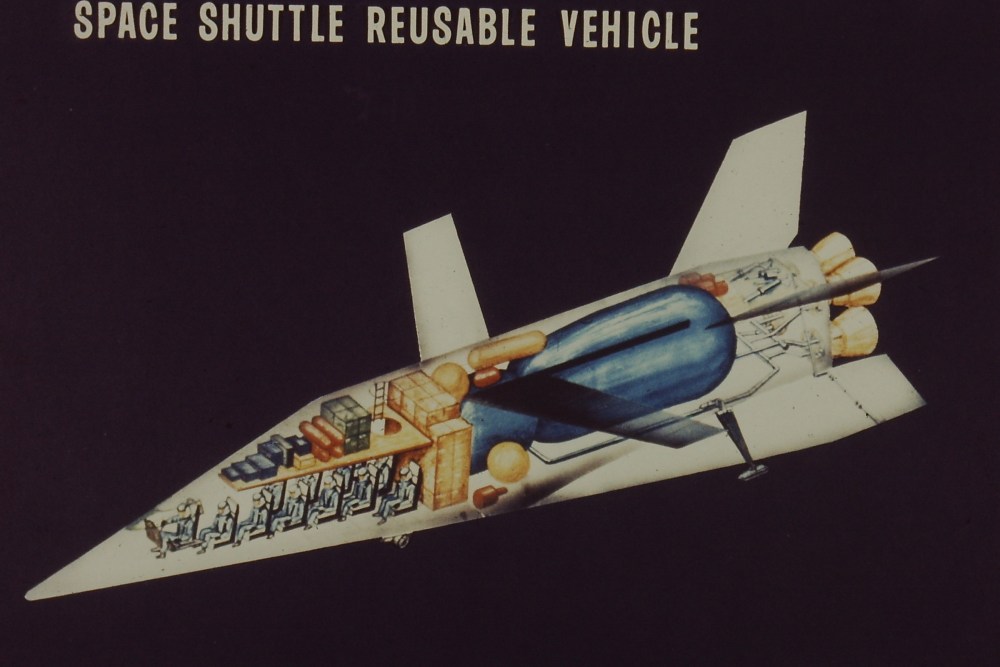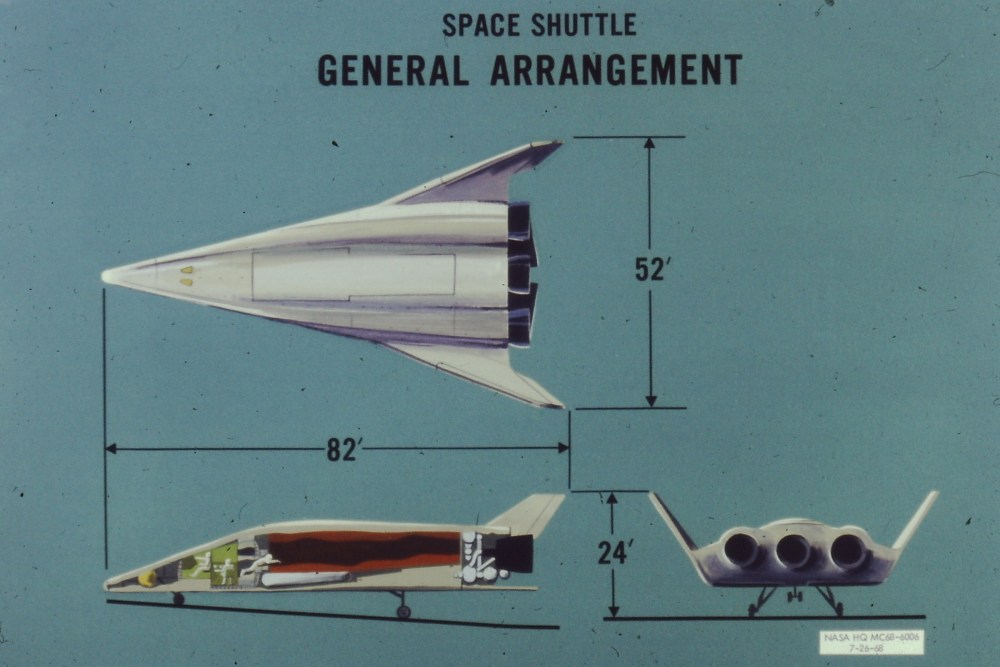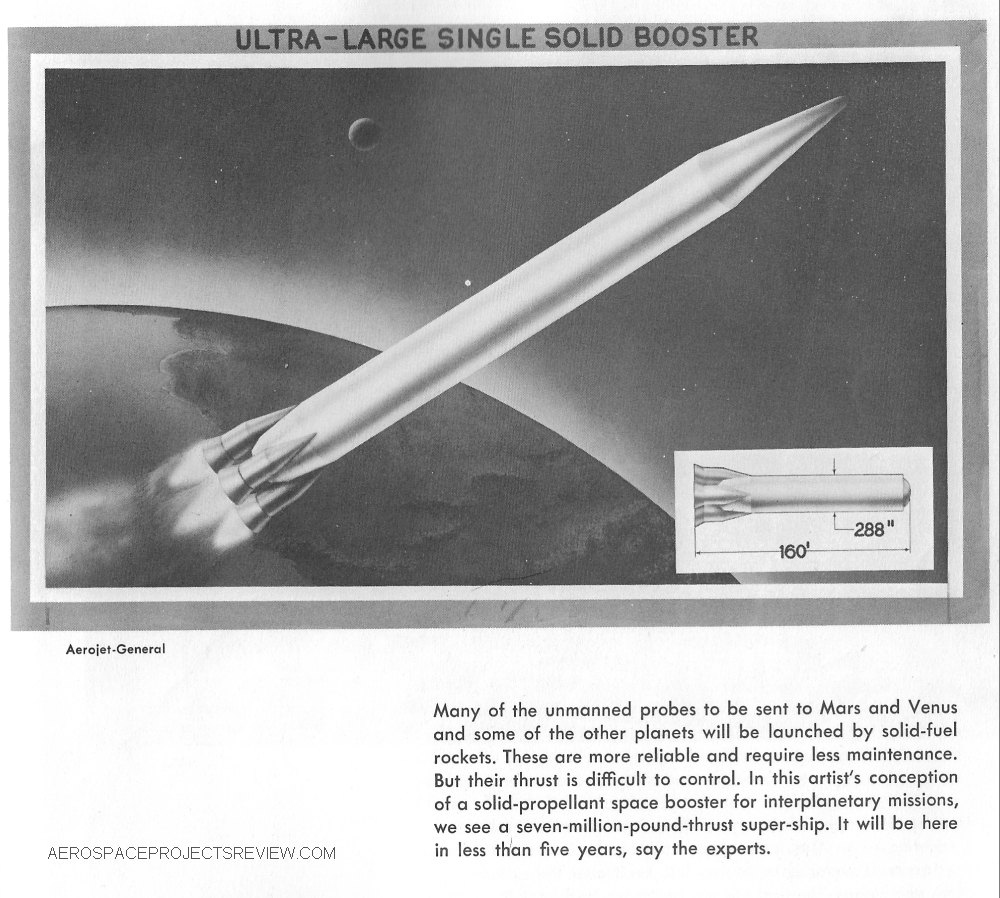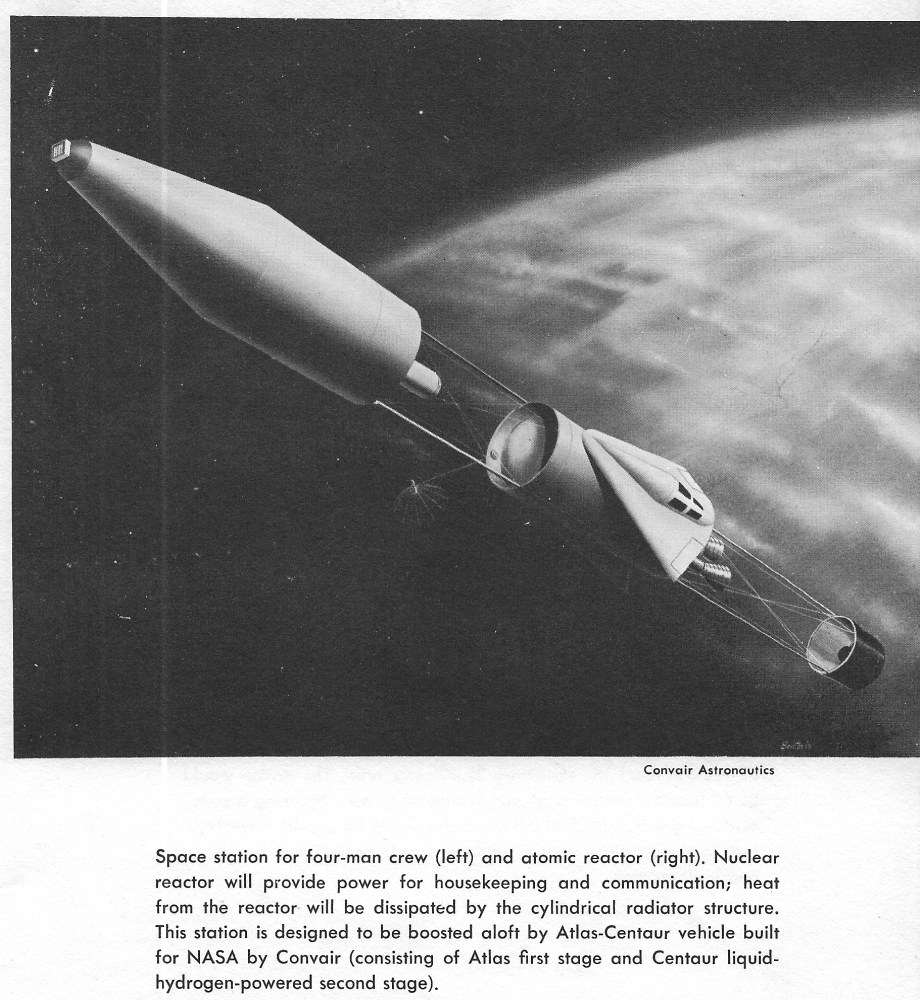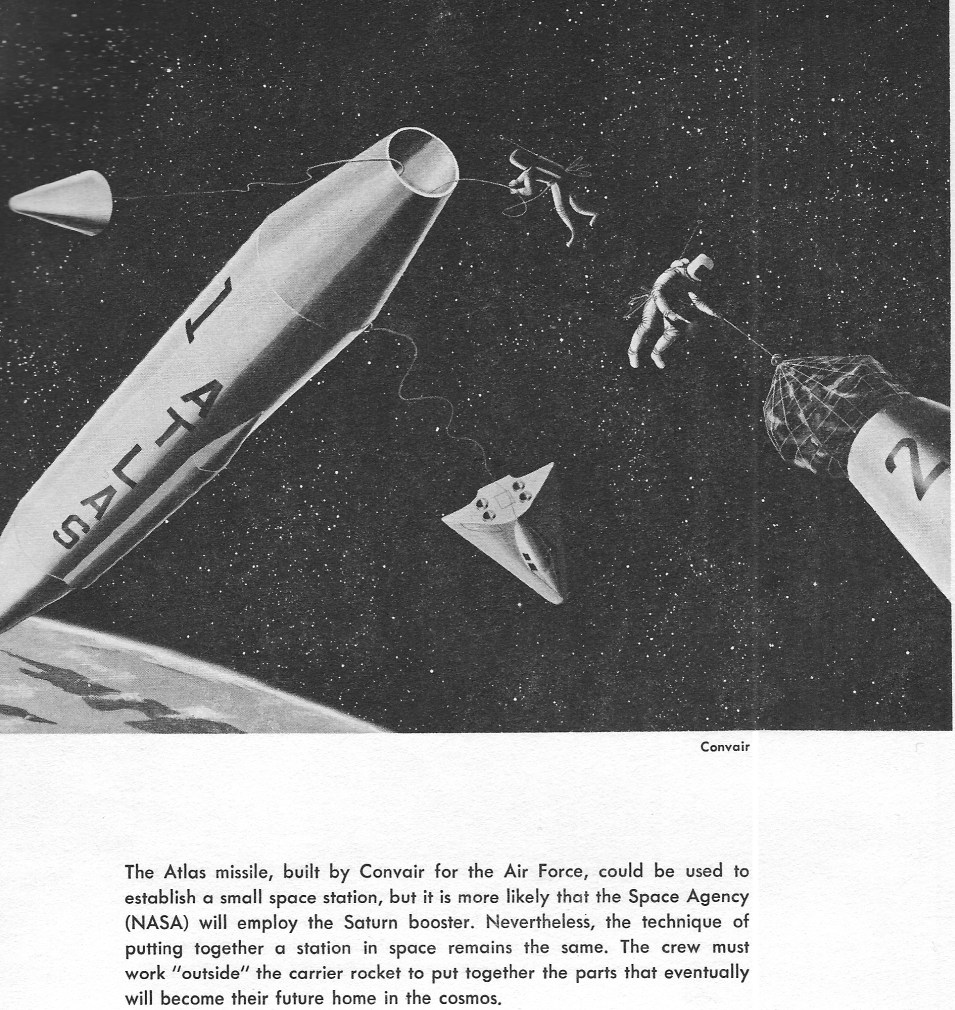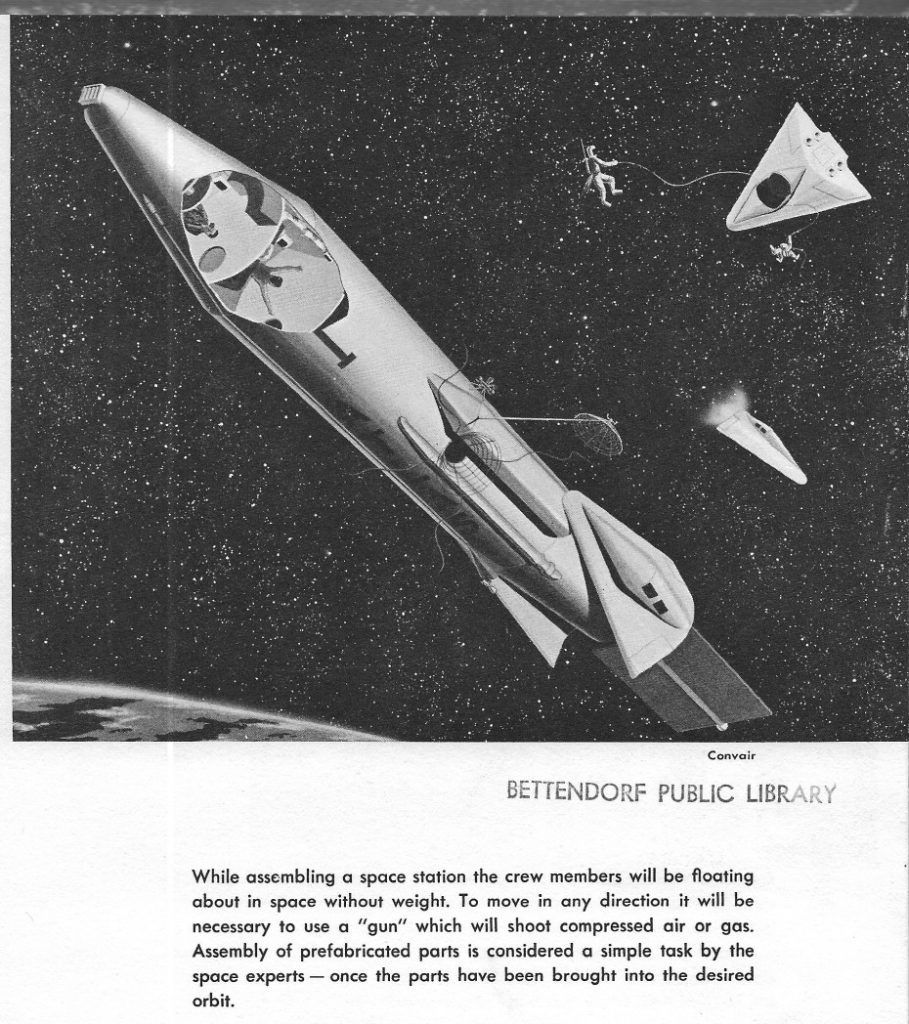Huh. I’m not sure which is more unusual-seeming: that the second-in-command at SpaceX said that they would indeed launch American space weapons… or that it seems odd that an American aerospace firm would even be questioned about such a thing.
SpaceX President Gwynne Shotwell: ‘We would launch a weapon to defend the U.S.’
During an appearance on Monday at the Air Force Association’s annual symposium, Shotwell was thrown a question she said she had never heard before: “Would SpaceX launch military weapons?”
“I’ve never been asked that question,” Shotwell said somewhat surprised. Her response: “If it’s for the defense of this country, yes, I think we would.”
This should be such an uncontroversial point of view that you wouldn’t even expect it to be raised. But we do indeed live in a time different from when Republic advertised their fighters, Boeing advertised their bombers and Martin advertised their nuclear weapons-delivering rockets.
Reminds me of one of the more disturbing moments from my university education. I was in a class on orbital dynamics (of of my favorite subjects back in the day) when we got to ballistic suborbital trajectories: ICBMs, in other words. Who wouldn’t want to study that? Well… turned out half a dozen or so of my classmates decided that they didn’t, and refused to study that section. This baffled both the teacher and myself; but where I saw their position as foolishness worthy of nothing but mockery, the teacher buckled and allowed them to do something else (details escape me). Even if the idea of lobbing nukes to the far side of the world fills you with existential dread, studying the subject is just math. And getting better at the math of lobbing nukes makes you better at… oh, I dunno, getting better at the math of lobbing reusable first stages to land them on floating landing pads.
Vaguely related: promo art from 1961, published in Aviation Week, with a number of corporations proudly proclaiming their involvement in aerospace weaponry.







